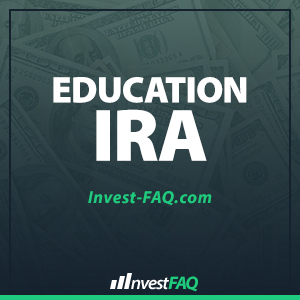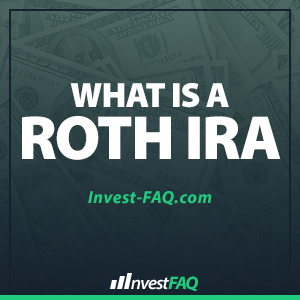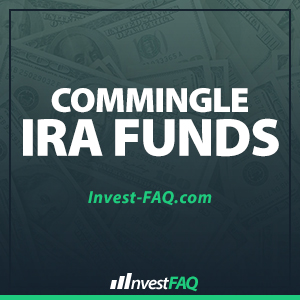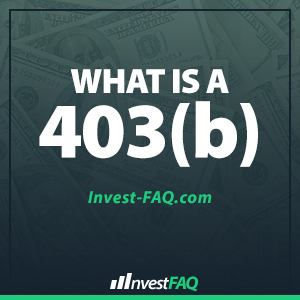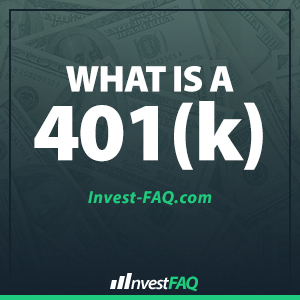An Education IRA, now known as a Coverdell Education Savings Account (ESA), is an investment account that allows the beneficiary to save for educational expenses, tuition, and college costs while receiving tax benefits. This article describes the provisions of the US tax code for educational IRAs as of mid 2001, including the changes made by
Category: Retirement Plans
What is a Traditional IRA Plan?
This article describes the provisions of the US tax code for traditional IRAs as of mid 2001, including the changes made by the Economic Recovery and Tax Relief Reconciliation Act of 2001. Also see the articles elsewhere in the FAQ for information about Roth IRA and Education IRA accounts. An individual retirement arrangement (IRA) allows a person, whether covered
Simplified Employee Pension (SEP) IRA
A simplified employee pension (SEP) IRA is a written plan that allows an employer to make contributions toward his or her own (if self-employed) or employees’ retirement, without becoming involved in complex retirement plans such as Keoghs. The SEP functions essentially as a low-cost pension plan for small businesses. In tax year 2019, employers can
What is a Roth IRA?
This article gives a broad overview of Roth IRA rules and regulations, and summarizes the differences between a Roth IRA and an ordinary (traditional) IRA. Also see the articles elsewhere in the FAQ for information about the Traditional IRA. The Taxpayer Relief Act of 1997 established a new type of individual retirement arrangement (IRA). It
What is a Keogh Plan?
A Keogh plan is a tax-deferred retirement savings plan for people who are self-employed, and is much like an IRA. The main difference between a Keogh and an IRA is the contribution limit. Although exact contribution limits depend on the type of Keogh plan (see below), in tax year 2019 a self-employed individual may contribute
Commingling IRA Account Funds
The term “co-mingling” refers to mixing monies that were saved under different plans within a single IRA account. You may co-mingle as much as you want within your IRAs. Although the bookkeeping is not a problem, there are disadvantages; one example is discussed below. Remember that you can have as many IRA accounts as you
What is a 457(b) Plan?
A 457(b) plan is a non-qualified, tax-deferred compensation plan offered by many tax-exempt institutions to their employees, especially by governments. This plan, like a 401(k) or 403(b) plan, allows you to save for retirement. Contributions are made from pre-tax wages, and the Internal Revenue Code sets the maximum contribution limits. The limit for tax year
What is a 403(b) Plan?
A 403(b) plan is a retirement savings plan that is funded by employee contributions and (often) matching contributions from the employer. Tax-exempt organizations (i.e., 501(c)(3) employers) such as churches, schools, and charities offer these plans to their employees. In tax year 2019, an employee can contribute up to $19,000 to the plan via payroll deductions.
401(k) for Self-Employed People
A Solo 401(k) plan (also known as a One-Participant 401(k) plan) provides a great tax break to the smallest business owners by allowing them to shelter from taxes a large portion of income. This article describes the provisions of the US tax code for the 401(k) plan for Self-Employed People, also called the Solo 401(k).
What is a 401(k) Plan?
A 401(k) plan is a retirement savings plan that is funded by employee contributions and (often) matching contributions from the employer. The major attraction of these plans is that the contributions are taken from pre-tax salary, and the funds grow tax-free until withdrawn. Also, the plans are (to some extent) self-directed, and they are portable;

